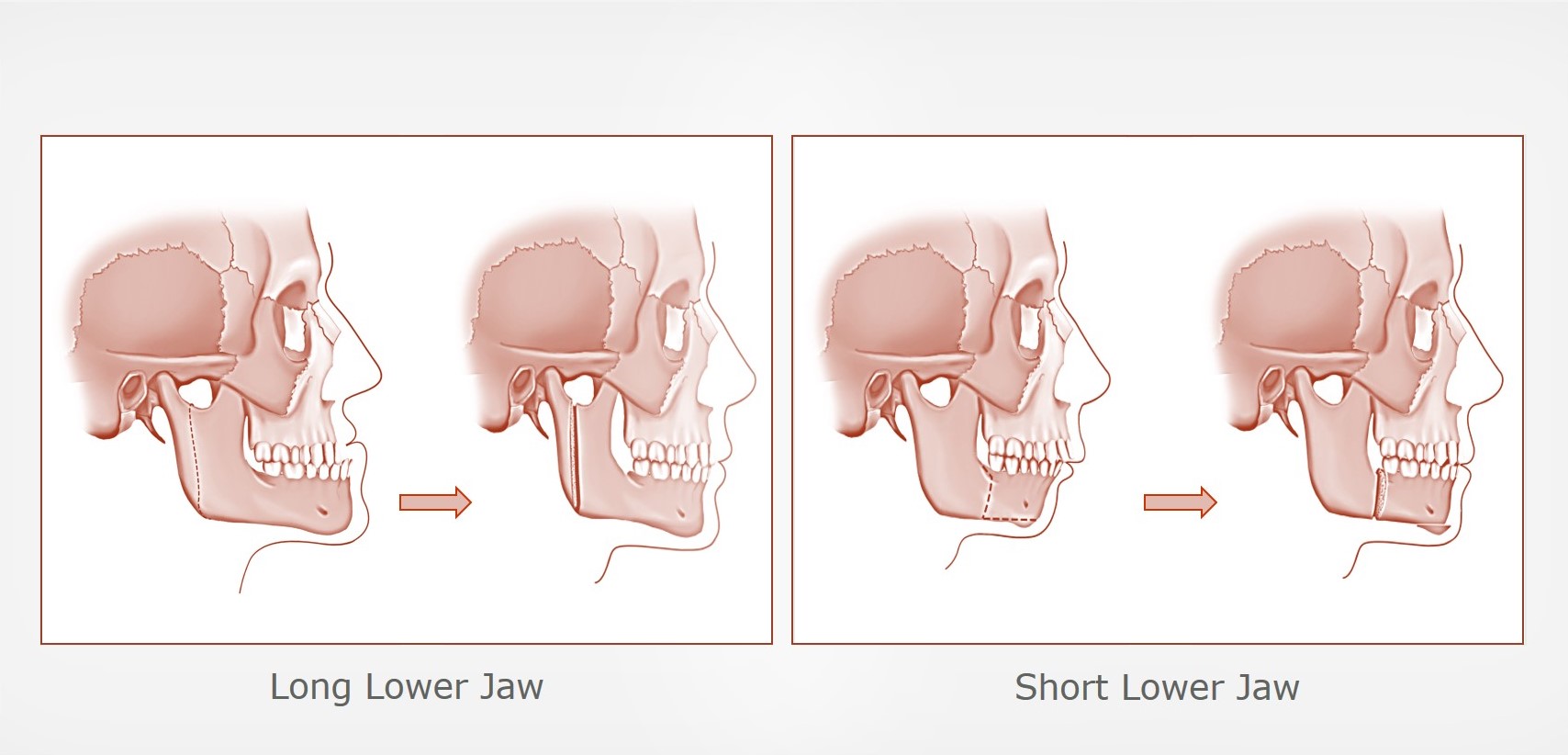Teeth Underbite: Understanding the Condition, Causes, and Treatment Options

An underbite, medically known as a Class III malocclusion, is a dental condition where the lower teeth extend forward, overlapping the upper teeth. While this condition can vary in severity, it often impacts oral function, aesthetics, and overall dental health. This article explores the causes, effects, diagnosis, and treatment options for an teeth underbite, shedding light on how it can be effectively managed.
What Is an Underbite?
An underbite occurs when the lower jaw (mandible) protrudes beyond the upper jaw (maxilla), causing the bottom teeth to sit in front of the upper teeth when the mouth is closed. Depending on the degree of misalignment, underbites are classified as mild, moderate, or severe.
- Mild Underbite: The lower teeth slightly overlap the upper teeth.
- Severe Underbite: The lower jaw extends significantly forward, causing a pronounced misalignment.
Causes of Underbite
Underbites are often caused by a combination of genetic, developmental, and environmental factors. Below are some of the most common causes:
Genetics
Genetics play a significant role in determining jaw size and shape. If a parent or close relative has an underbite, there is a higher likelihood of inheriting this condition.
Jawbone Discrepancies
The size mismatch between the upper and lower jaws often leads to misalignment. A larger lower jaw or a smaller upper jaw can cause an underbite.
Childhood Habits
Certain habits during childhood can contribute to underbite development, including:
- Thumb-sucking.
- Prolonged use of a pacifier.
- Tongue thrusting.
- Overuse of a baby bottle.
Trauma
Injuries to the jawbone that heal improperly can lead to misalignment, resulting in an underbite.
Medical Conditions
Certain conditions, such as cleft palate or tumors in the jawbone, may also lead to underbites.
Effects of an Underbite
An underbite affects not only the appearance of the face but also oral health and overall quality of life. Here are some common issues associated with underbites:
Oral Function
An underbite can make basic activities like chewing, biting, and speaking more difficult. Misaligned teeth do not come together properly, leading to discomfort and inefficiency.
Aesthetic Concerns
A pronounced underbite alters facial symmetry, often creating the appearance of a protruding chin and elongated face. This can affect self-esteem and confidence.
Dental Health
Underbites can lead to dental problems such as:
- Excessive wear and tear on teeth.
- Increased risk of tooth decay.
- Gum disease due to improper cleaning.
Jaw Pain
An underbite can contribute to temporomandibular joint (TMJ) disorders, causing chronic jaw pain, headaches, and difficulty opening and closing the mouth.
Breathing Issues
Severe underbites may narrow the airway, potentially causing snoring or sleep apnea.
Diagnosing an Underbite
Diagnosing an underbite typically involves a comprehensive dental examination by an orthodontist or dentist. The diagnostic process includes:
- Visual Inspection: Examining the alignment of teeth and jaw during a routine dental check-up.
- Imaging: X-rays, 3D imaging, or CT scans provide detailed views of the jawbone structure.
- Dental Models: Creating impressions of the teeth to analyze the severity of the underbite.
Early diagnosis is crucial, as it allows for timely intervention, particularly in children and adolescents whose jaws are still growing.
Treatment Options for Underbite
Treating an underbite depends on the severity of the condition, the patient’s age, and their overall health. Below are the most common treatment approaches:
Non-Surgical Options
Orthodontic Treatments
Orthodontic treatments are the first line of defense against mild to moderate underbites, especially in children and teenagers.
- Braces: Traditional braces can gradually realign teeth to improve the bite.
- Clear Aligners: Invisible aligners, like Invisalign, can correct minor underbites while being less noticeable.
- Palate Expanders: For children with an underdeveloped upper jaw, palate expanders widen the jaw to improve alignment.
- Reverse-Pull Face Mask: This device helps correct jaw alignment in growing children by encouraging forward growth of the upper jaw.
Dental Work
- Tooth Extraction: Removing certain teeth can create more space, allowing the upper and lower teeth to align properly.
- Dental Bonding or Reshaping: Modifying the shape of certain teeth can help improve alignment in mild cases.
Surgical Options
Severe underbites that cannot be corrected with orthodontics alone may require surgery. Surgical options include:
Orthognathic Surgery
This procedure repositions the jawbone to achieve proper alignment. It is typically performed after the jaw has stopped growing, usually in late adolescence or adulthood.
- Upper Jaw Surgery (Maxillary Osteotomy): Moves the upper jaw forward.
- Lower Jaw Surgery (Mandibular Osteotomy): Adjusts the position of the lower jaw.
- Double Jaw Surgery: In cases where both jaws require repositioning, a combination of maxillary and mandibular osteotomy may be performed.
Chin Surgery (Genioplasty)
For aesthetic improvements, genioplasty reshapes the chin to enhance facial symmetry.
Alternative Therapies
While not a substitute for orthodontic or surgical treatments, alternative therapies like myofunctional therapy can help strengthen jaw and tongue muscles, aiding in minor alignment improvements.
Recovery and Maintenance
Recovering from underbite treatment depends on the chosen method. Here’s what to expect:
Orthodontic Treatments
- Regular adjustments are required for braces or aligners.
- Treatment duration ranges from 12 to 36 months.
Surgical Recovery
- Recovery from jaw surgery may take several weeks to months.
- Post-surgery, patients may need to follow a soft food diet and attend follow-up appointments.
Long-Term Maintenance
- Wearing retainers prevents teeth from shifting back to their original position.
- Regular dental check-ups are essential to monitor progress and maintain oral health.
Prevention of Underbites
While genetic factors cannot be controlled, certain steps can reduce the risk of developing an underbite:
- Encourage children to avoid habits like thumb-sucking and prolonged pacifier use.
- Schedule regular dental check-ups for early detection of alignment issues.
- Treat dental trauma promptly to prevent complications.
Conclusion
An teeth underbite is more than just a cosmetic issue; it can significantly impact oral health, functionality, and self-confidence. Fortunately, modern dentistry offers a range of effective solutions, from orthodontic treatments to surgical interventions, to address this condition.
Early diagnosis and intervention are key, especially in children whose jaws are still developing. If you or someone you know is dealing with an underbite, consult a qualified dental professional to explore the best treatment options. With the right care, you can achieve a healthy, functional, and aesthetically pleasing smile.




